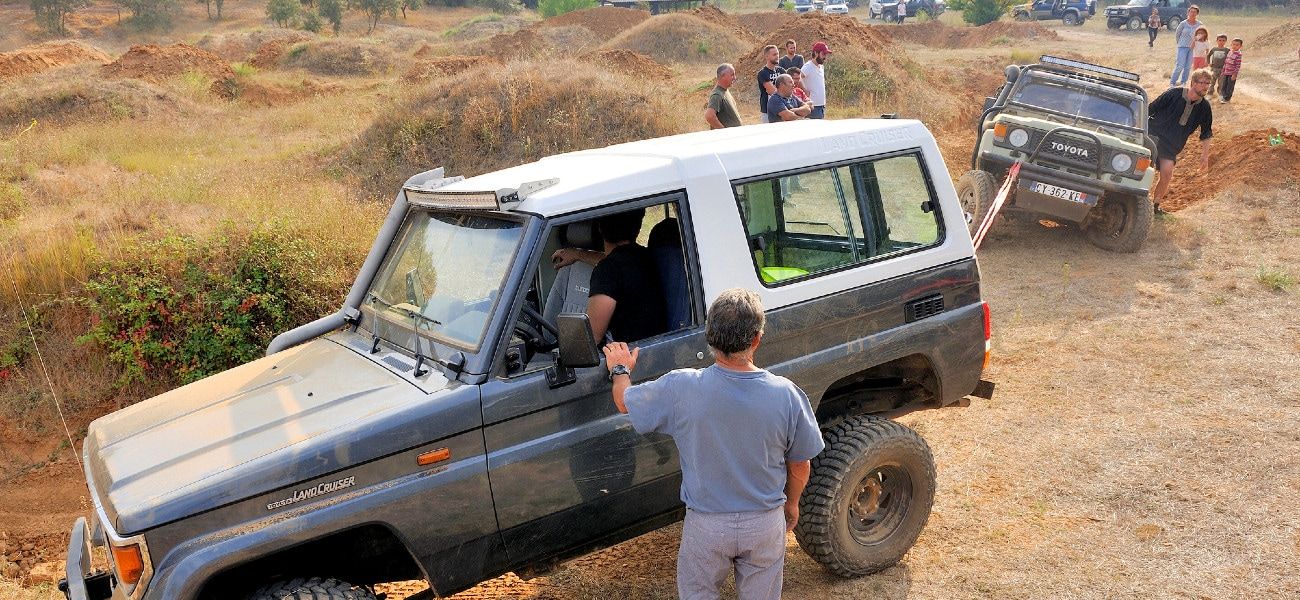Have you ever been caught out in the rain while camping and wish you had a tarp over your tent for protection?
When going camping, it pays to be prepared for all kinds of weather. Rain, wind and more could well be thrown at you and your campsite. Even if you have a waterproof tent, it can still be useful to have an extra barrier of defense. That's where tarpaulins come in handy.
Having a spare tarp ready (plus the knowledge of how to set it up properly) can make a big difference when you’re trying to enjoy your next trip!
In this article, we’ll learn what the benefits of using a tarp during camping are as well as how to set them up properly.
Benefits of Having a Tarp over your Tent
A tarp is a highly versatile material that can be used for a variety of purposes. Some of the benefits include but are not limited to the following:
Preparation
Before actually setting up the tarp, you’ll need to prepare the site and your equipment first:
Keep in mind that you need a bigger tarp to cover a 5 man tent compared to a 2 man tent so be sure to pack an appropriate size tarp for your camping needs.
Setting up your tarp
There are several types of tarp setup styles you can choose from. This depends on your personal preferences and the demands of your campsite.
The A-Frame Style
The A-frame style is probably the easiest and fastest method. It requires either two trees or two poles spaced far apart from each other for your tent to sit between them.
Here are the necessary steps:
- Create a ridgeline. A ridgeline is a line of cord or rope tied between the trees or poles.
- Throw your tarp over it. Spread it out evenly over both sides of the ridgeline and make sure that cord is running along the middle of the tarp.
- Pull the corners of the tarp until taut and then peg them into the ground to keep it in place.
Making sure that the tent is taut is important – you want it to evenly distribute the rain and let it flow down on either side. What you don’t want is for water pooling to occur.
To avoid this, you can create a drip line – a piece of rope tied to the ridgeline that diverts water away from the lower part of the tarp, preventing pooling.
The Wedge Style
The wedge style of setup is highly ideal for protection from winds, rain, or direct sunlight. It is also highly ideal for cooking with a campfire or a gas stove as it will protect it nicely from rain.
- Create a ridgeline using two poles or trees. It can be as high or as low as you need it.
- Throw your tarp over it. Spread it out on top of the ridgeline as you would an A-frame style but allow for one side to have more tarp than the other.
- Pull the tarp by each corner until taut and then peg it into the ground to keep it in place.
The wedge line is a great choice if you need some protection but don’t want to feel too claustrophobic. That being said, you do not get protection from the elements in all directions with this setup. A change in wind direction can quickly leave you exposed.
The Arrow Head Style
The arrowhead style is great for storing supplies and gear in a protected spot and can also serve as a cosy little shelter if need be. Here’s how to set it up:
- Create a ridgeline using two poles or trees. The line will run along the intended entrance.
- Throw a corner of the tarp across the ridgeline and then peg the opposite corner to the ground.
- Pull the other corners of the tarp until taut and then peg them to the ground to keep them in place. If done correctly, the tarp should now take the shape of an arrowhead.
This is a fairly easy one to construct and it’s perfect if you don’t have enough rope for a bigger setup.
The Teepee Style
This one takes some practice but, if perfected, can provide a much larger shelter with even enough room to stand up in.
- Prop a pole up at the center of where you would like your teepee to be. You can also use a small tree provided that the trunk is skinny enough.
- Using multiple pieces of rope or cord, tie one end of the rope to the top of the pole or trunk of the tree and peg the other end to the ground. Make sure that your rope or cords are tight and that you have enough of them evenly distributed in a circle around the top of the pole.
- Drape the tarp on top of the cords all the way around. Use rope to secure it in position properly.
This style takes a bit more effort and resources to pull off. It can be as big and tall as your materials allow however, making it perfect for extended stays outdoors.
Canvas is also commonly used for teepee style shelters instead of tarps. Many DIY canvas tents are built in a teepee style.
Conclusion
Well, that pretty much covers the simplest ways to install a tarp over your tent. Tarps have a variety of uses, such as protection from rain (especially useful on cheap tents) to providing a larger sheltered footprint for cooking or socialising in poor weather.
They are highly versatile and work with just about any type of tent (other than roof top tents of course!), so I highly recommend that you pack a spare one (along with some rope or cord) when you venture out on your next trip.
If there is anything else you’d like to know or if you just want to share some of your thoughts, feel free to leave a comment below.




Many Thanks Louis for sharing this helpful information and great tips!
From one Happy Camper to another!
You’re welcome 🙂 Enjoy yourself!